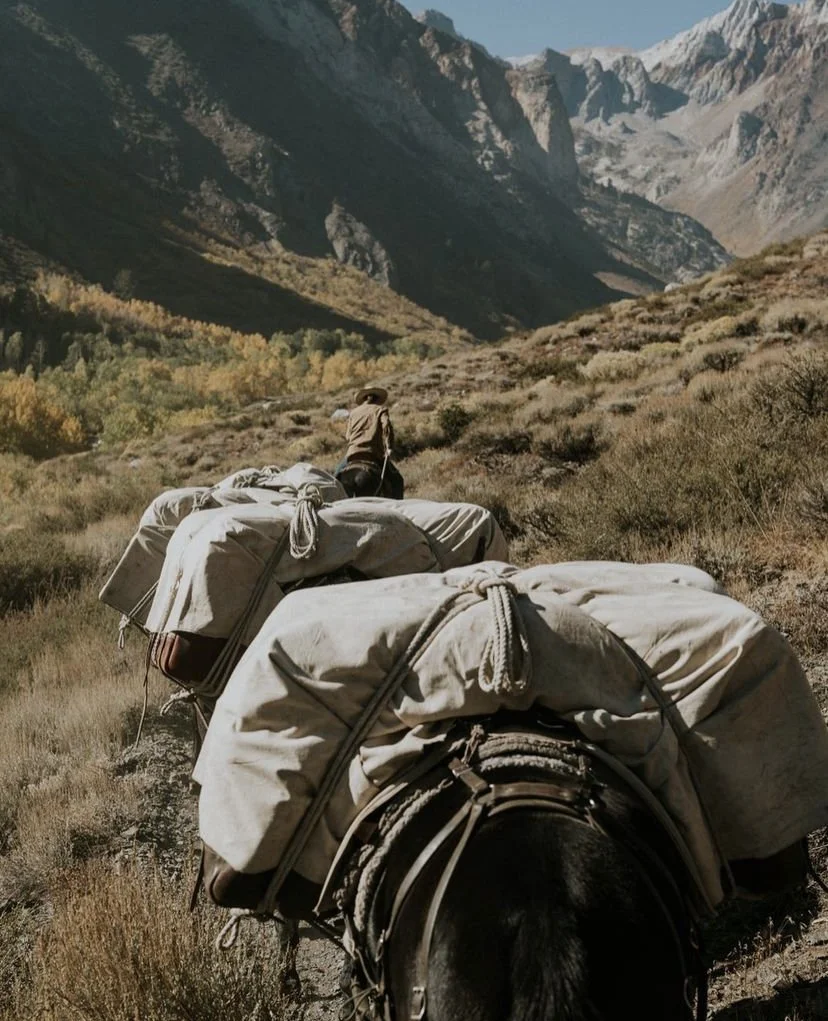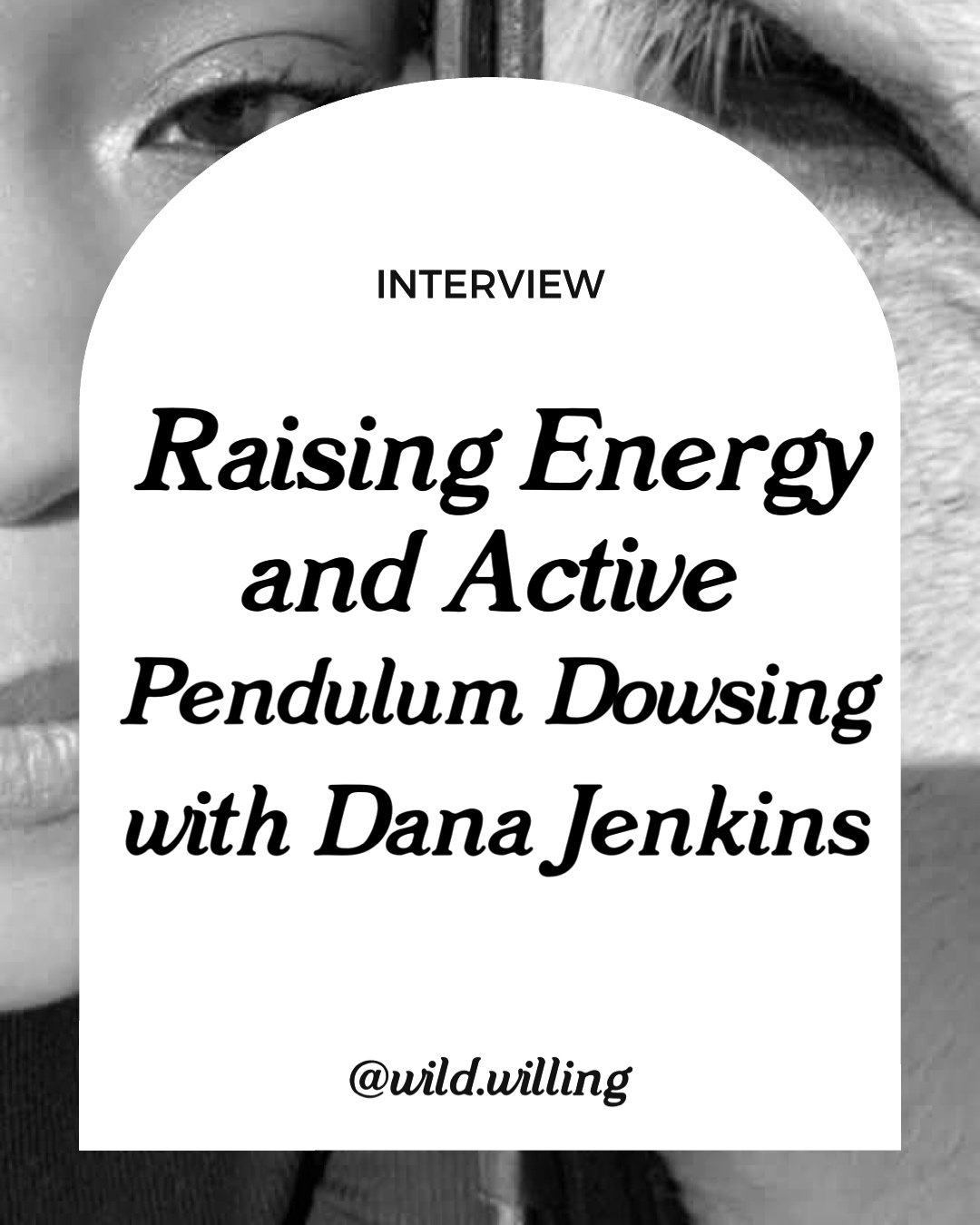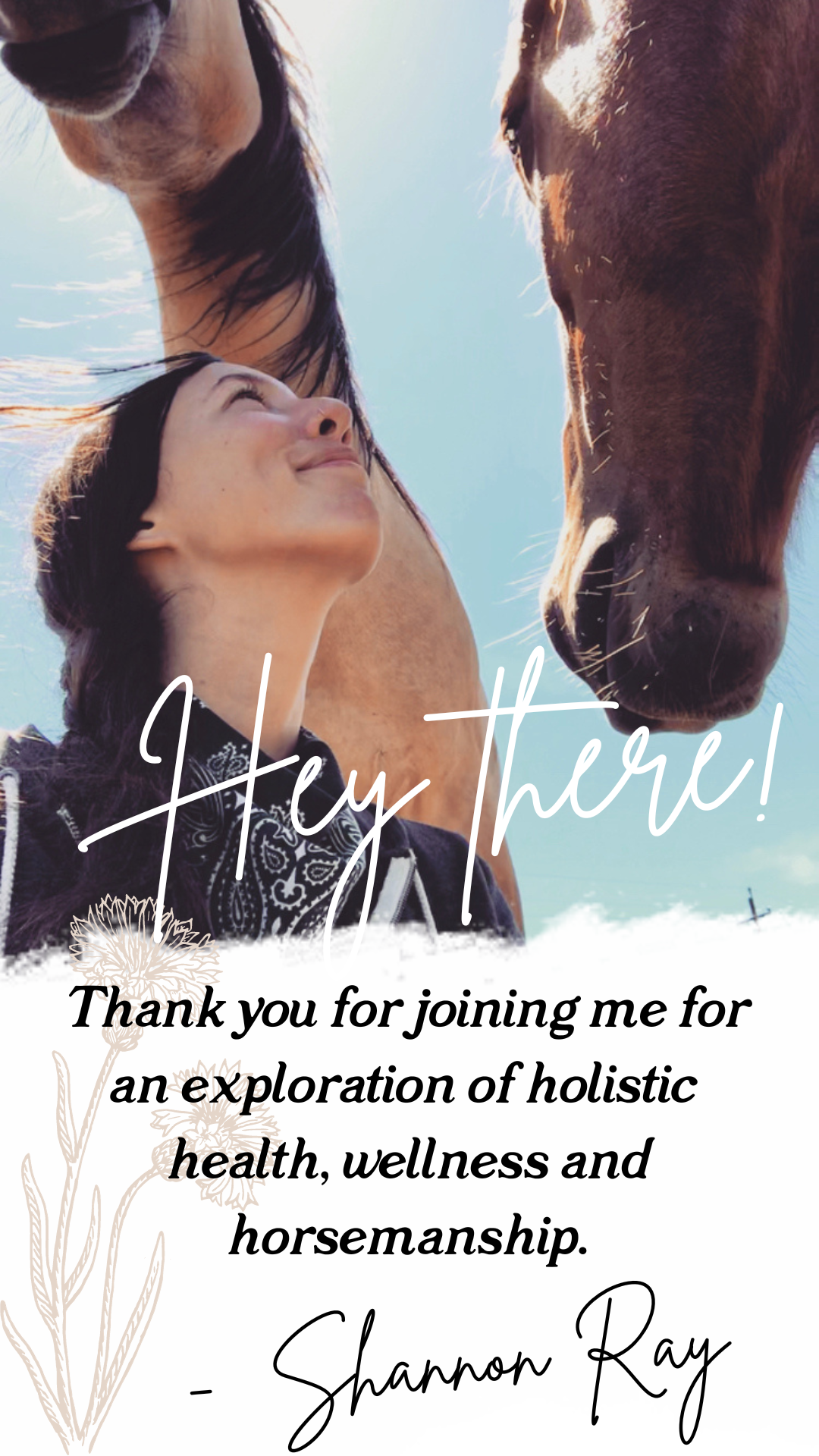Exploring Wildness and Unlearning Fear with Trent Peterson
I could talk for days about the word ‘wild.’ Fortunately, I’m not the only one! Trent is a kindred spirit who also deeply contemplates this term, and has essentially made it his mission to educate people about what he calls “The Wild In Us.”
Trent is a long rider, saddle maker, leather craftsman and all-around devotee of the old, wild ways with a so-called “addiction to packing.” In 2017, Trent completed the Pacific Crest Trail on horseback, riding roughly 2,600 miles from Mexico to Canada to raise awareness about Ataxia - a degenerative neurological disorder that plagued his family - and the plight of wild horses. To this day, he donates a portion of all proceeds from his shop to the National Ataxia Foundation.
I first spoke with Trent in January of 2022. We spoke about his backstory in what made him choose a life full of back-breaking work, and heart-melting beauty on the wild side. We also got into what makes mustangs unique for wilderness exploration, how to turn loss into motivation, and why living each day like its our last is of the utmost importance. Our talk is available in the blog post, ‘Trent Peterson on The Wild In Us’. I highly recommend reading it to gain a better understanding about Trent’s work, and what we talk about in this interview.
Read on or listen here to learn about how Trent defines the word ‘wild’, how to coexist with fear and the belief that everything you want in life is on the other side of fear, and debunking the myth that horses are a ‘luxury’, and centering horse-human relationships as rich collaboration with endless potential.
Let’s dive into your background and what led you to start The Wild In Us.
The journey down this path kind of started in earnest with the knee jerk reality of Dad passing away in 2014. And when that happened, it just kind of set in motion this desire in me to go walk about and just say, see you later. I'm gonna jump on my horse and choose a direction and go. And the more I prepared for that and thought about that, the more of my dad's words, you know, just kept replaying in my head of “whatever you do, do it with a purpose.” And I realized that me selfishly just going and walking about wasn't gonna do anybody any good other than myself, which is, don't get me wrong, very important to, to do, you know, self-care is probably the most important thing, but we are a community on this planet, and there's a greater community of people that are affected by ataxia.
So I wanted to couple those two together, and the idea of riding from Mexico to Canada along the Pacific Crest Trail was planted. And then just through kind of a happen chance, I ended up at a BLM mustang sorting facility, just kind of looking at animals. And I thought to myself, well, sweet, there's my answer for what I wanna focus this on, which direction I'm gonna take this. Yeah, I could just grab my quarter horse and plod down the trail, or I can take an untouched animal and train it for six in six months and then go down the trail, kind of setting apart from everyone else. You know, it's one of those things that the more unique you are, the greater chances of a conversation you have. And that's what really we really need to be having, is good, solid conversations.
And I wanted to have as many people ask me questions as what I'm doing and why I'm doing it. And then I was able to talk to 'em about ataxia and the, the complications with it. Um, so there then led me down to the fact that I needed a better saddle. You know, I had five, six different saddles in my life, from a slick fork wade to an Australian saddle, to a McClellan saddle, to a Bronx saddle, you know, all these different ones. And each one had its elements that I liked, but each one equally had elements I disliked, [and] primarily was the weight issue. You couldn't get a saddle that was lightweight and strong enough, you know, that was built in a traditional wade style saddle. When I did go to a saddle maker to ask him to build me this saddle that I had drawn out on paper, he was like, yeah, we can do that.
A little nontraditional for today's standards, but I'd do that for you. And I asked him how much, and I said, that is way too much money. I cannot afford that. That's more money than I have set aside for this entire Pacific Crest Trail ride I had at the time. Which interestingly enough is the same basically about as much as I charge today for a saddle because yeah, it does take that amount of money, you know, in time and materials. So he was not off base, I just couldn't afford it. But what I could afford was my dedication and time and building learning to build a saddle myself. And going through that process, and doing so, it's just continued the journey in that once the ride was over, people obviously noticed the saddle. And they said, well, that's pretty unique. I'd like to have one. And I said, okay, well, let me think about it.
And after the ride was finished, I still wanted to be able to donate money to the Ataxia Foundation, which in the end, we ended up raising about $25,000 through the Mexico to Canada ride through donations, and then auctioning off the horses at the end, minus Minarette. And I had my first real commercial customer eagerly want a saddle, and I said, I'd do it. And I built it. And after I built that one and got paid for it, I said, well, heck, here's a really good way to be able to continue to donate to the foundation by dedicating 3% of all proceeds from my saddle shop to the Ataxia Foundation. So we set up a continuing portal through the National Foundation where I just keep sending, every item that I sell, 3% goes to directly. And it's pretty great. Don't really have to think about it. And it allows me to continue to donate 365 days outta the year. And this whole thing is just gonna kept gaining speed and, and gaining momentum, to a point where we donate about $2,000 to $3,000 USD a year to the foundation, which doesn't seem much, but it only goes up because the more items I sell, the more money we're donating. And the saddles have gotten to a point where I'm building about 12, you know, one a month, sometimes two a month just to kind of keep up. And that puts me pretty much at a full-time saddle maker's paces. But I also have this addiction to packing. And it's, it's one that I just can't satisfy. So I still go off in the mountains and do that and try to maintain my saddle work.
So here we are today. You know, it’s been since 2017 with the ride and just been plugging away at the whole thing and just kind of naturally allowing the whole Wild In Us to develop. And just dedicating my time to it and just trying to continue that message. I've had pretty awesome conversations with people along the way and met some amazing people and had the opportunity to work with animals in a way that when I was nine years old and I saw my first mule, I thought to myself, that's pretty cool. I wanna do that, but how am I gonna do it? And just by saying yes to any opportunity to get into this way of life has just kept me going down this path. So here we are.
Want to read more?
The full-length post is available to members of The Herd. Membership includes access to monthly bonuses like this and more! Join The Herd here.
Learn more about Trent
Follow Trent’s journey, and learn more about his story, mission, and saddle shop at The Wild In Us, and be sure to follow him on Instagram @the_wild_in_us.












